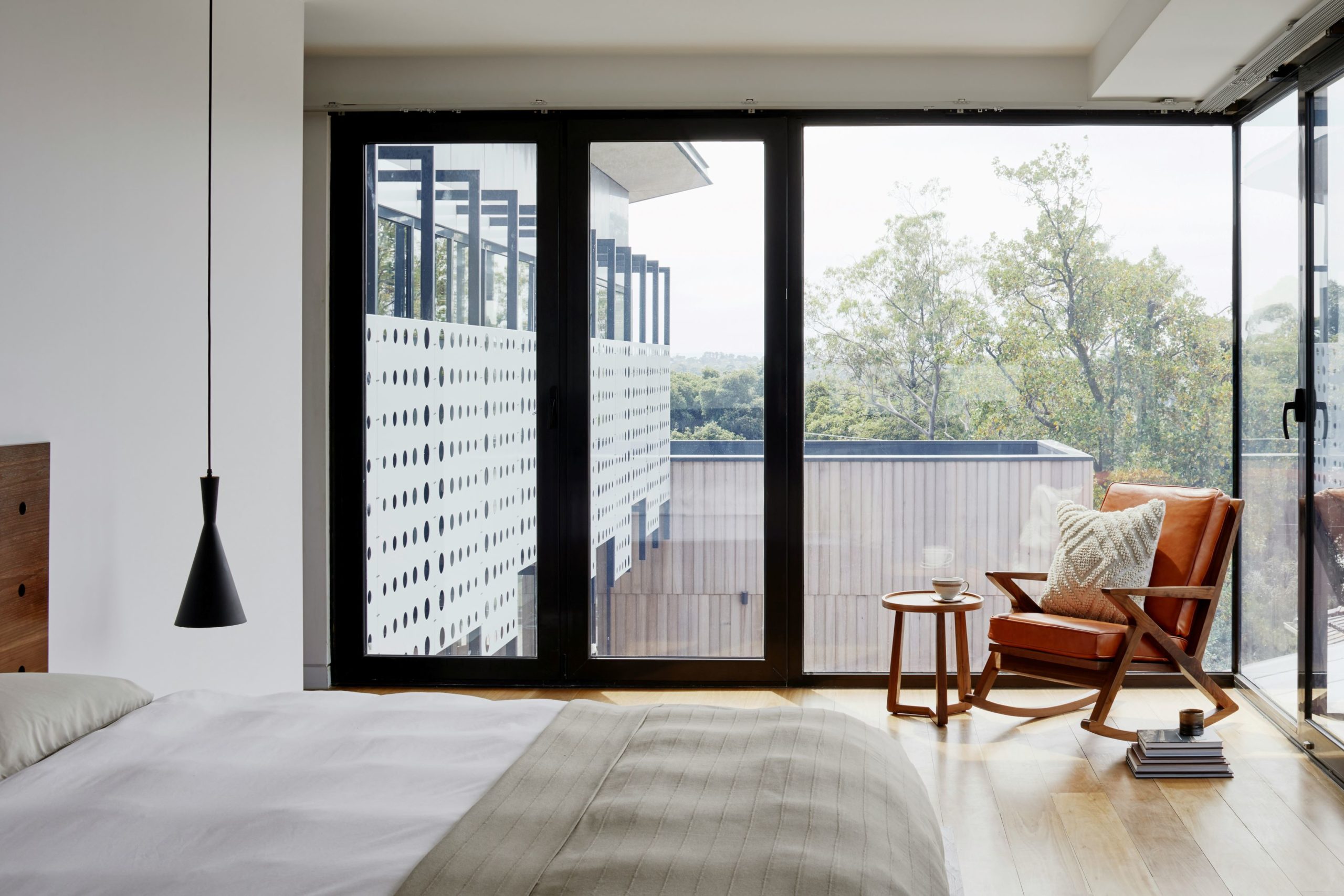
HVAC DESIGN
Imagine you’re buying a new pair of shoes. Would you buy a pair that’s twice as big just in case your feet grow? No, of course not. It sounds silly, right? Well, a lot of new and existing homes have the same problem, but with their heating and cooling systems. They’re often way bigger than necessary. Why does this happen?
HVAC contractors usually use shortcuts (“rules of thumb”) to figure out how big a house’s heating and cooling system needs because doing the detailed calculations takes a lot of time. They often base it on the size of the house, like how many square feet it has. But the thing is, every house is unique. Even if you took the exact same house and just turned it around, the heating and cooling needs could be way different.
You might think that having a bigger furnace or air conditioner is better, but in reality, going big like they do in Texas doesn’t always work out well. Symptoms of oversized equipment include…
- Uneven temperature distribution. Different temperatures in different rooms and on different levels of your house.
- Temperature stratification. Different layers of temperature within rooms.
- Sticky. Your house might feel damp because the AC doesn’t run long enough to take moisture out of the air. Since it’s too big, it cools down your house quickly and shuts off.
- Cost. It can cost more to purchase and install because you’re paying for that extra size.
- Shorter equipment life. The AC could wear out faster because it’s constantly turning on and off (short cycling.) You want equipment that runs constantly, or at least for long stretches of time.
The best way to figure out the right size for a furnace and air conditioning system for your home is by doing something called a Manual J load calculation. It’s a method created by the Air Conditioning Contractors of America (ACCA). Manual J calculations show exactly how much heating and cooling a house requires. It used to be done manually by engineers using pens, paper, and slide rules, but nowadays, computers do most of the work. However, completing a Manual J takes time and effort, which costs money. That’s why contractors sometimes prefer using simpler rules of thumb.
At Madison Home Performance, we use Energy Gauge to perform our Manual J load calculations, shown in the images below. Contact us if you’d like more information about how we can help you with your HVAC project.
Pro advice: All homes need an ACCA approved room-by-room heating and cooling load calculation, equipment selection, and duct design. Never shop for new equipment until you first know the needs of the house.
Who It’s For
The ideal client for this tier…
- Is looking to replace their HVAC equipment within the next 1-3 years. The current system could be end of life, or just the wrong equipment.
- Wants to know if their present equipment is properly sized for their home.
- Is doing building shell upgrades.
- Is looking to electrify their house and install a cold climate heat pump.
- Not for someone looking for a home energy audit like tier 1 or tier 2.


What To Expect
- 10-20 page report detailing the room-by-room heating/cooling loads that is ACCA approved.
- 30 minute technical debrief session to explain important features of the report
- The original HVAC design files and created 3D images
- Targets for airtightness and ventilation strategy, with an option to consult further on specific systems or installation strategies
- Optional consultation with your builder/HVAC installer to discuss system installation and duct design calculations
- Pricing varies according to home size, shape, and features, but most homes fall between $1500-$2500 for heating/cooling load (Manual J), and double that for the whole package including system selection (Manual S) and duct design (Manual D).
- Packages are pre-paid, and turnaround time is 3-6 weeks.

stop guessing, start testing.
Ready for properly sized HVAC equipment? Reach out now.
